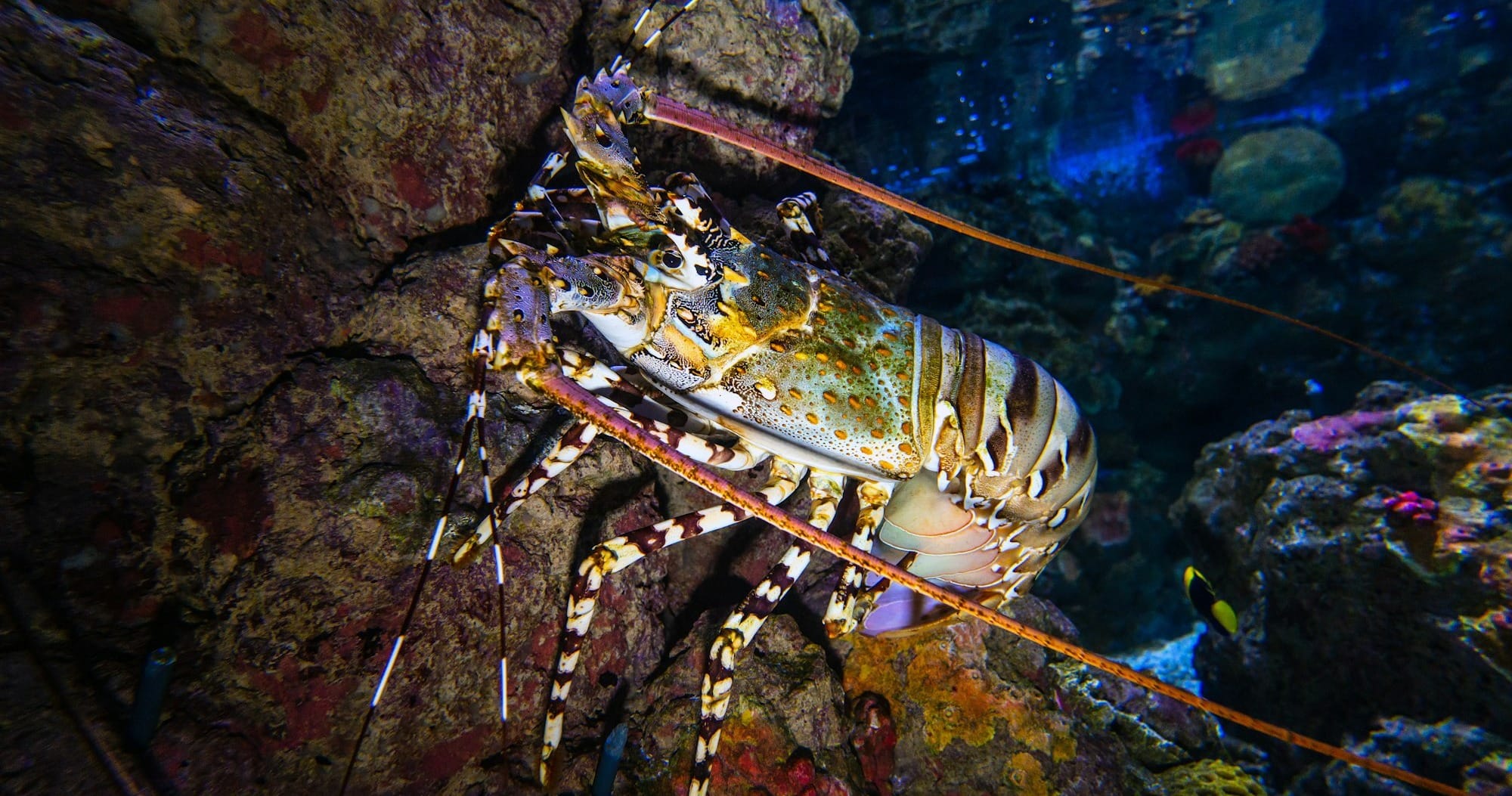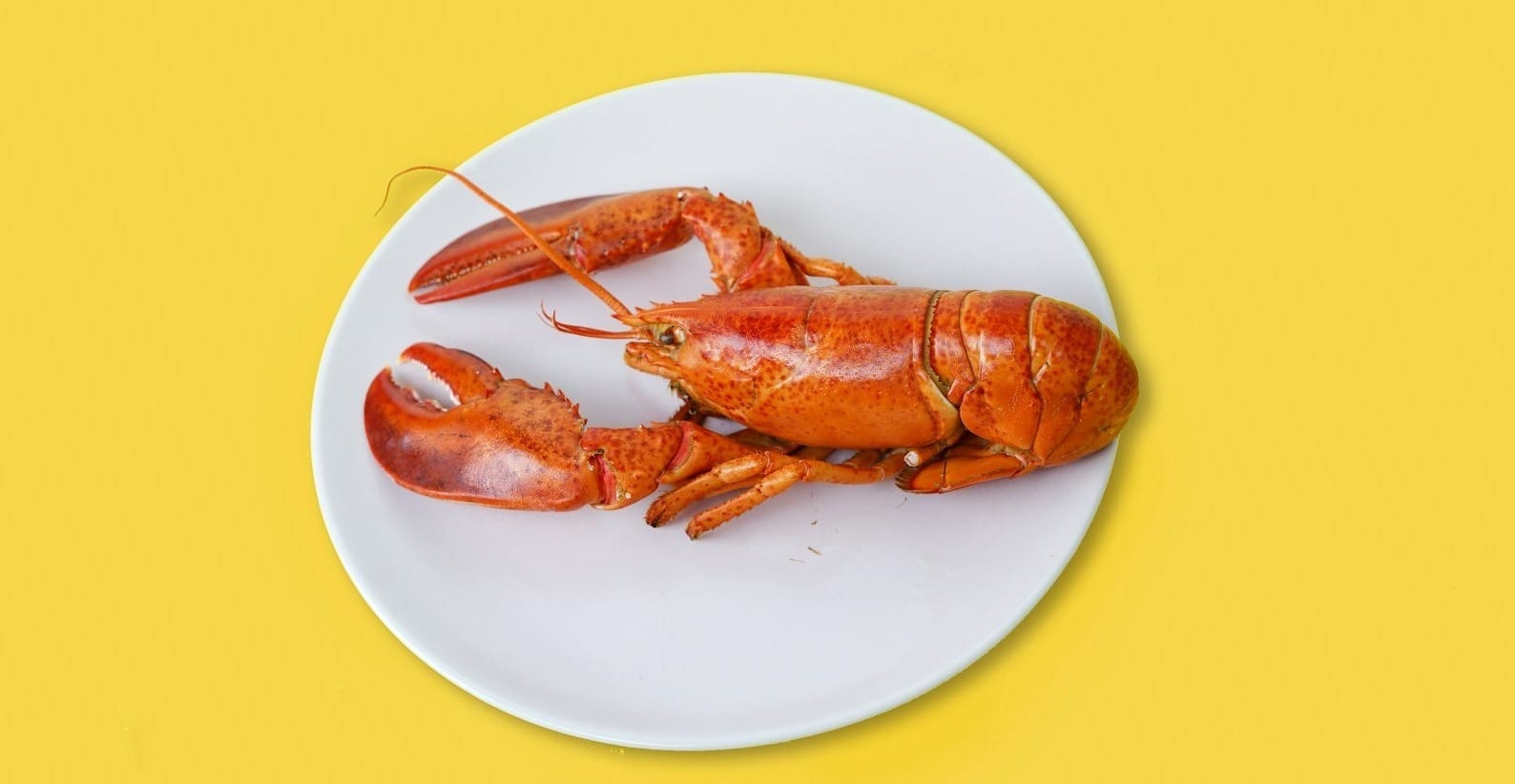Differences Between Warm Water and Cold Water Lobsters
This article examines the key differences and similarities between cold water and warm water lobsters, highlighting how their distinct habitats - like Canada and Maine's colder regions versus warmer areas like Australia and the Caribbean - influence their unique and shared characteristics.

Lobsters, a diverse group of crustaceans known for their ten legs including prominent front claws, are found in various parts of the world, each adapted to specific regional conditions.
Notably, the primary distinction lies in their habitat's water temperature, categorizing them into cold water and warm water varieties. Cold water lobsters, such as those from Canada and Maine, differ significantly from their warm water counterparts found in regions like Australia and the Caribbean.
These differences manifest in their diets, habitats, appearances, behaviors, and interactions with humans, reflecting the unique environmental influences of their respective locations. Despite these variations, both types share certain characteristics inherent to lobsters.
This article will explore the distinctions and similarities between the two main types of lobsters, delving into their unique characteristics and shared traits.
Exploring the Distinct Characteristics of Cold Water Versus Warm Water Lobsters
Numerous distinctions set apart cold water lobsters from their warm water relatives, despite sharing some traits.
One notable difference is that warm water lobsters, commonly known as spiny lobsters, lack the large claws found in cold water varieties.
Additionally, their hunting methods vary: warm water lobsters tend to actively hunt fish, whereas cold water lobsters are more inclined towards scavenging and employing stealth to capture prey.
The Appearance
Warm Water Lobster - Spiny lobsters, the warm water variant, exhibit unique physical features distinguishing them from their cold water relatives.

Notably, they sport long, antenna-like appendages in place of the large claws found on cold water lobsters. Both types share broad tails, crucial for swift retreats from danger.
The shell of a spiny lobster is typically less dense and thinner, suited to warmer waters, and displays a striking palette of orange, pink, red, brown, and black.
Additionally, these shells are armed with small spikes, serving as a natural defense.
In contrast, the robust shells of cold water lobsters are designed for insulation in chilly environments.
The combination of their vivid coloration, spike-adorned shells, and clawless anatomy distinctively marks the spiny lobster in the marine world.
Cold Water Lobster- Known as "true" lobsters, cold water varieties are famed for their prominent front claws, a quintessential feature of these creatures.

One claw is often larger, serving as the main tool for capturing food. These lobsters experience frequent molting cycles, leading to the development of firmer and smoother shells over time.
They typically display a color range from greenish-brown to black and are larger on average than warm water lobsters, with weights ranging from one to four pounds.
In contrast to their warm water relatives, cold water lobsters have smooth shells without spikes and exhibit more muted colors, lacking the vibrant tones seen in spiny lobsters.
The Meat
Warm Water Spiny Lobster (Example: Pearl Lobster)
Texture: Warm water lobsters, such as the pearl lobster, are characterized by a softer, more fibrous texture due to their warm habitat.
The pearl lobster, in particular, is celebrated for its exceptionally tender and delicate texture.
Flavor Profile: These lobsters have a mild, slightly sweet taste. The pearl lobster stands out with its subtly sweet and nuanced flavor, making it a versatile component in various dishes due to its ability to absorb surrounding flavors.
Cold Water Lobster (Example: Maine Lobster)
Texture: Cold water lobsters, exemplified by the Maine lobster, boast tender and succulent meat with a firmer and more refined muscle structure.
The meat of cold water lobsters, like the Maine variety, is noticeably firmer than warm water lobsters, holding together in tender, chunky pieces when cooked, offering a texture that is tender yet not mushy.
Flavor Profile: The flavor of cold water lobster meat is rich, sweet, and more pronounced, without the overpowering fishy taste sometimes associated with warm water lobsters.
The Maine lobster, in particular, is known for its distinct taste and freshness, a reflection of the cold, clean North Atlantic waters. The subtle hint of sweetness in its meat makes it appealing for those who favor more subtle seafood flavors.
The Price Comparison
Cold water lobsters, particularly those like the Maine lobster, generally more expensive compared to warm water varieties.
This is attributed to several factors: they are larger, boast a superior flavor and texture, and contain a greater proportion of edible meat, ensuring that customers get more value for what they pay.
However, an exceptional case within the warm water category is the pearl lobster. Despite being a warm water species, the pearl lobster is often one of the most expensive, due to its rarity, exceptional tenderness, and subtly sweet flavor.
This makes it a prized delicacy in the culinary world, often fetching prices comparable to, or even exceeding, those of high-quality cold water lobsters.
The Diet
Cold Water Lobsters
Cold water lobsters, such as the Maine lobster, primarily have a scavenger-based diet. They consume a variety of marine organisms found in their cold, deep-sea environments.
Their diet mainly consists of fish, mollusks, other crustaceans, and occasionally, plant material. They often feed on dead and decaying matter on the ocean floor.
Cold water lobsters are opportunistic feeders, relying on their strong claws to capture and consume prey, and they may also use a stealth approach to sneak up on live prey.
Warm Water Lobsters
Warm water lobsters, including species like the pearl lobster, have a more active hunting diet. They are often found in shallower, warmer waters.
Their diet primarily consists of small fish and other smaller marine animals. Unlike their cold water counterparts, they do not rely on scavenging.
Lacking large claws for hunting, warm water lobsters use their long antennae and agility to catch prey. They are more active hunters compared to the scavenging nature of cold water lobsters.
The Habitat
Cold Water Lobsters
Cold water lobsters thrive in deep, colder marine environments. They prefer rocky bottoms where they can find shelter and hunting grounds.
Notable regions include the North Atlantic Ocean, particularly along the coasts of Maine and Canada. Other areas include the coasts of the United Kingdom and parts of the Scandinavian region.
These lobsters are accustomed to the frigid temperatures of these waters, which significantly influence their physical characteristics and behaviors.
Warm Water Lobsters
Warm water lobsters, such as the pearl lobster, are found in shallower, warmer sea waters. They often inhabit reefs or hide in crevices and under rocks.
Common locations include the Caribbean, the Mediterranean, and parts of the Indo-Pacific region, including the waters around Australia and Southeast Asia.
These lobsters are adapted to the warmer temperatures of these regions, influencing their diet, behavior, and physical traits.


